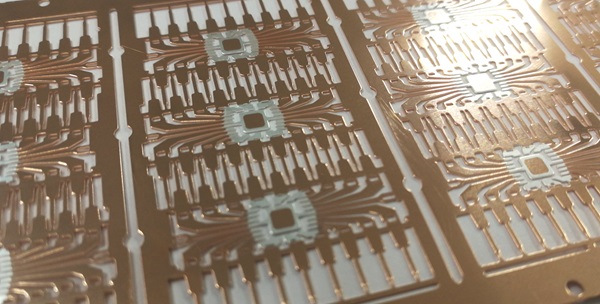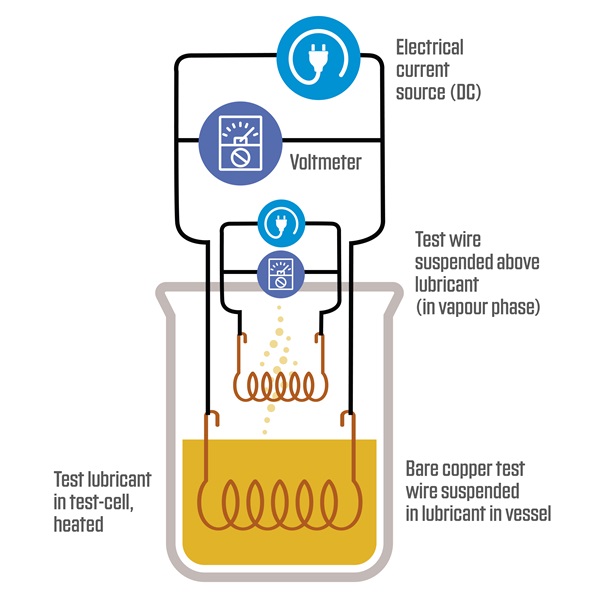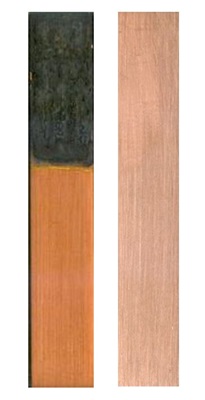Electrified vehicles, whether a hybrid or a fully electric variant, require some form of transmission to transmit torque from the e-motor to enable the effective transfer of rotational energy to the wheels. Various transmission types are used to achieve this, whether by means of simple reduction gear arrangements, more sophisticated e-axles or differing types of electrified automatic transmissions.
While conventional transmission fluids are sometimes used, the trend is toward new, more dedicated fluids. Such new fluids – sometimes termed e-fluids – designed by lubricant formulators, operate by minimizing wear in the moving parts, combat corrosion of copper, and remove heat from the e-motor where the lubricant is in direct contact. As such, the lubricant helps the equipment to do its job for longer, more consistently and effectively. Good lubrication greatly reduces the exposure to many causes of potentially costly equipment breakdowns and failures in electrical components.
Electrified vehicle transmission fluids are among the most advanced lubricant technology available because they must serve so many functions in the transmission, including heat dissipation, component protection and gearshift quality.
Learn more about Lubrizol's Evogen Driveline Fluids
The lubricating oil contains additive packages, which can be a significant portion of the supplied fluid, to achieve this. These contain specially designed molecules that ensure optimum performance, whether that be for friction, oil oxidation or gear wear. While lubricants are essential, an unsuitable lubricant may in fact be detrimental to performance. This can happen through misapplication when an unsuitable, or general-purpose oil – which are simply not suitable for the exigencies of the latest transmission designs – is used.
Copper Corrosion
One focus area for lubricant formulators is that of corrosion of copper and its alloys. Increasing electrification has seen an upsurge in the amount of copper used in a vehicle. This is in large part thanks to wiring in the stator in the electric drive. Copper is selected for electrics because of its beneficial electrical conductivity, heat transfer ability, ductility and cost. While much of the wiring in the stator windings is protected by insulation, not all the copper is sealed in this way and there are exposed copper connectors and other hardware.
One downside of copper is its susceptibility to corrosion by molecules containing sulfur in a chemically active form. In some lubricants these are included to help protect gearing from wear through chemical reactions with the iron to form a sacrificial layer.
These molecules can also react with copper to form friable copper sulfides. This reaction is exacerbated at high temperatures. Temperature surges can occur at the e-motor particularly when there is a large current draw from the motor due to a sudden, demanding driving episode. Such corrosion is undesirable and in an electrified transmission this can be fatal for its operation.
Normally black in appearance, these sulfides can form sludge that can prevent operation of other electrical components, such as solenoids, and block lubricant contact with parts that the fluid is designed to cool. Copper sulfide doesn’t conduct electricity nearly as well as the original metal and so there is a loss of efficiency. There are also concerns about circuit-bridging dendrites of corroded copper residue potentially leading to circuitry error signals or failure.
Great strides have been made to ensure that new lubricating fluid prevents this. This is thanks to the use of molecules that are more benign to the hardware componentry. These lubricants are therefore highly effective in ensuring surfaces do not suffer from such corrosion. Figure 1 shows the result of a simple test on an enclosed copper strip half-immersed in lubricant after one week at 80°C (176°F).
Figure 1 1. Traditional versus e-fluid technology: The result of a simple test on an enclosed half lubricant immersed copper strip in an oil after one week at only 80°C. 2. Lead frame example. 3. Schematic of the wire corrosion test process.


In this test, both lubricants were shown to protect the copper piece in the bottom liquid phase, but above the oil line only the e-fluid has protected the copper part, even at this relatively low temperature. In the example of a poor fluid, the reactive, volatile species have left the oil phase to attack the unprotected copper above and corrode it. This occurrence has implications for electrics in the vapor phase above the oil. Not all the components in a transmission are directly protected by the lubricating oil, and sensitive components such as electrical copper lead frames can be damaged by an unsuitable fluid.
Vapor Space
Protecting only the copper immersed in the oil is no longer enough. We have to consider the prevention of corrosion of the copper above the oil in the vapor space. The cost to the electrical industry of lead frame failures is enormous in potential downtime and recall costs, and the implications for the transmissions industry are therefore significant. As such, Lubrizol has been investing in the development of a more sophisticated wire corrosion test to evaluate tandem liquid and vapor phase corrosion.
This test consists of bare wires, one in the test fluid and the other suspended dry in the vapor above the fluid. As each wire corrodes, some conducting copper metal is lost and so the electrical resistance will increase. This is detected in the test circuit. The benefit of this test is that it allows us to understand better any corrosion process taking place and we can obtain truly useful real-time data for both the oil and vapor simultaneously in a reasonable timeframe.
We have been able to demonstrate the advantages of the latest e-fluids. We can exemplify this with the case of an OEM previously noticing e-motor corrosive burnouts that were resolved by the new fluid technology.
This test has been adopted by some OEMs seeking to better understand and evaluate corrosion processes. And now it has been adopted by a major independent test laboratory.
In high-performance systems such as transmissions, the electrics are coated or shielded from their environment to some degree by encapsulation, but corrosion can still take place and cause the electrical device to fail if the service environment is severe and the lubricant ineffective. In practice, failed electrics used in such applications need replacing and the loss of vehicle uptime can be very costly or pose safety hazards. Copper is at the heart of the EV and the correctly formulated advanced lubricant can protect this essential metal ensuring a longer and better working life for the transmission and the vehicle.
Content pulled from original article in Transmission Technology International.










